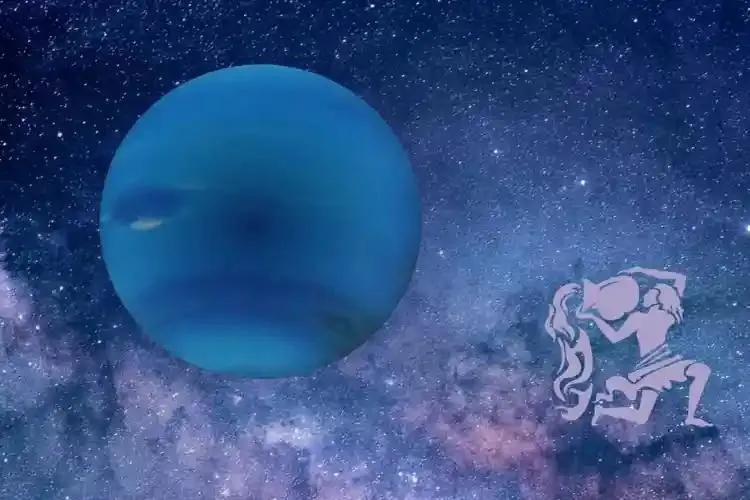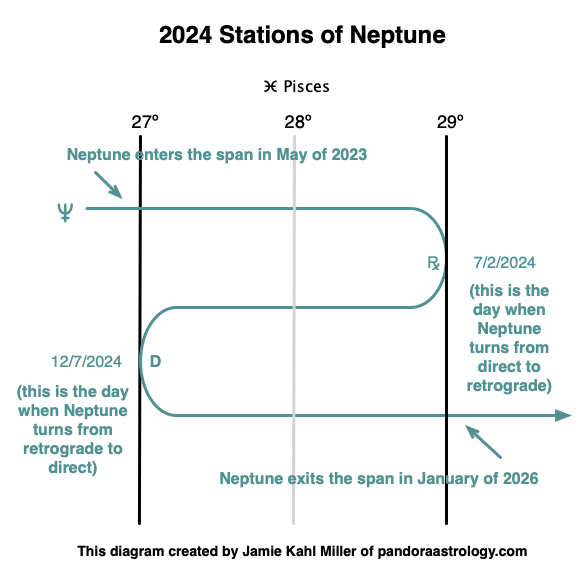Alright folks, let me tell you about my recent deep dive – a little something I’m calling “aquarius in neptune.” Sounds fancy, right? Well, it was a bit of a journey, lemme tell ya.

It all started with me just messing around, honestly. I was trying to get a handle on some new data visualization techniques. I had this dataset lying around – nothing too exciting, just some random stuff – and I thought, “Hey, why not try to make it look cool?”
So, I fired up my usual tools – Python, mostly, with a dash of JavaScript for the front-end stuff. I started by cleaning up the data, which is always the most boring part. You know, removing duplicates, filling in missing values, that kind of thing. Used Pandas for that, obviously. Can’t live without Pandas.
Next, I wanted to actually see the data. Scatter plots, bar charts, the whole nine yards. Matplotlib is my go-to for this, it’s quick and dirty and gets the job done. I played around with different chart types, trying to figure out what was actually interesting about the data.
That’s when I stumbled on something cool. There was this weird correlation between two variables that I hadn’t noticed before. It wasn’t super strong, but it was definitely there. That got me thinking.
I started digging deeper. I tried different transformations on the data, like log scaling and normalization, to see if I could tease out any more patterns. That’s where Seaborn came in handy. It’s got some nice statistical visualization tools that Matplotlib doesn’t have.

Then I thought “Hey, what about interactive stuff?” So, I jumped into JavaScript and used * to create a force-directed graph. It lets you drag and drop nodes around and see how they’re connected. It was a bit of a pain to set up, but once I got it working, it was pretty awesome.
The whole process was basically:
- Grab the data.
- Clean it. Seriously, clean it well.
- Throw it into different chart types using Matplotlib and Seaborn.
- Notice something interesting (hopefully!).
- Dig deeper using more advanced visualization techniques.
- Add some interactivity with *.
- Profit! (Well, not really profit, but you get the idea).
The “aquarius in neptune” part? Well, that’s just the vibe I was getting from the visualizations. It felt like looking at something deep and mysterious, like constellations in the night sky.
In the end, I didn’t discover anything earth-shattering. But I learned a lot about data visualization and how to use different tools to explore data. Plus, I made some pretty cool-looking charts!